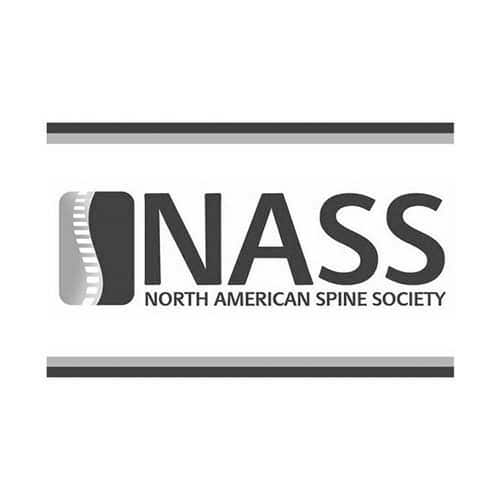Desk and office jobs are the most common professions in our modern era. As industrialization has moved us away from the back-breaking labor of our ancestors and the hazards of such jobs, it is easy to believe that stresses on our bodies are small, but that is not the case. Desk jobs still strain the body, most typically manifesting as neck pain and damage to the spine. Read below for a short list of essential tips and habits for a healthier workday.
Understanding the Problem
Prolonged periods of sitting put stress on your spine and can wear you down over time. Four fixable issues that commonly cause neck pain include:
- Poor Posture: While standing desks exist, today, many office workers are forced to sit for hours when working. After an extended period of sitting, even with the occasional break, the muscles around the neck become strained and put pressure on your spine, causing inescapable pain and discomfort.
- Bad Monitor Setup: The position of your computer monitor has a crucial impact on your spine and posture. If your monitor is too high up, it requires additional muscle strain to look up, while if it is too low, your neck will be set in an unnatural position.
- Non-Ergonomic Office Chair: With thousands of chair options, very few are ideal for long-term sitting, especially those significantly cheaper mass-produced models standard in offices.
- Stress: Working can be stressful. Deadlines, long work days, and missing your family can all cause excess stress, a critical factor in neck pain that we often overlook. When we experience stress, we scrunch and raise our shoulders, strain the neck, and over-engage our muscles.
Ergonomics 101
Ergonomics is the science of designing and arranging things people use so that the people and things interact most efficiently and safely. To address the most common problems, consider your ergonomics and try to implement the following changes.
You can remedy poor posture by limiting sitting time to 30 minutes maximum. A good break schedule is the 20-20-20 rule, where for every twenty minutes you spend sitting, take a break at least twenty feet away for at least 20 seconds. Regular breaks allow you to move more freely and loosen your muscles in a more natural environment.
Monitor setups are a quick and easy fix. For a more natural experience, position your monitor to below eye level. If your monitor has an adjustable height, it is easy to raise or lower, but some issues can be solved by adding a box or raising and lowering your chair for optimal positioning.
Consider An Alternative Workstation
Thanks to innovations in the science of ergonomics, there are several alternatives to the traditional desk and chair setup.
- Standing desks are adjustable, allowing you to tweak your preferences for height on the fly and keeping you in a more natural position. Furthermore, you can still use a chair to combat fatigue, lowering the desk to a seated position and taking some strain off your leg muscles.
- Treadmill desks are similar to a standing desk as you maintain a more natural position, but with the addition of walking for exercise, improving blood flow, reducing stress, and making for an altogether better experience.
- Finally, stability ball seats can improve posture and engage your core muscle groups while allowing you to adjust your seating position on the fly.
Still Experiencing Neck or Back Pain Due to Poor Ergonomics?
Neck pain will not disappear from office jobs any time in the future. But improving your posture, changing your ergonomics, and taking regular breaks can drastically improve your experience. For pain that won’t go away, consider contacting Macomb Pain Management at (248) 844-8281 to schedule a pain management consultation with one of our Board-Certified physicians.






